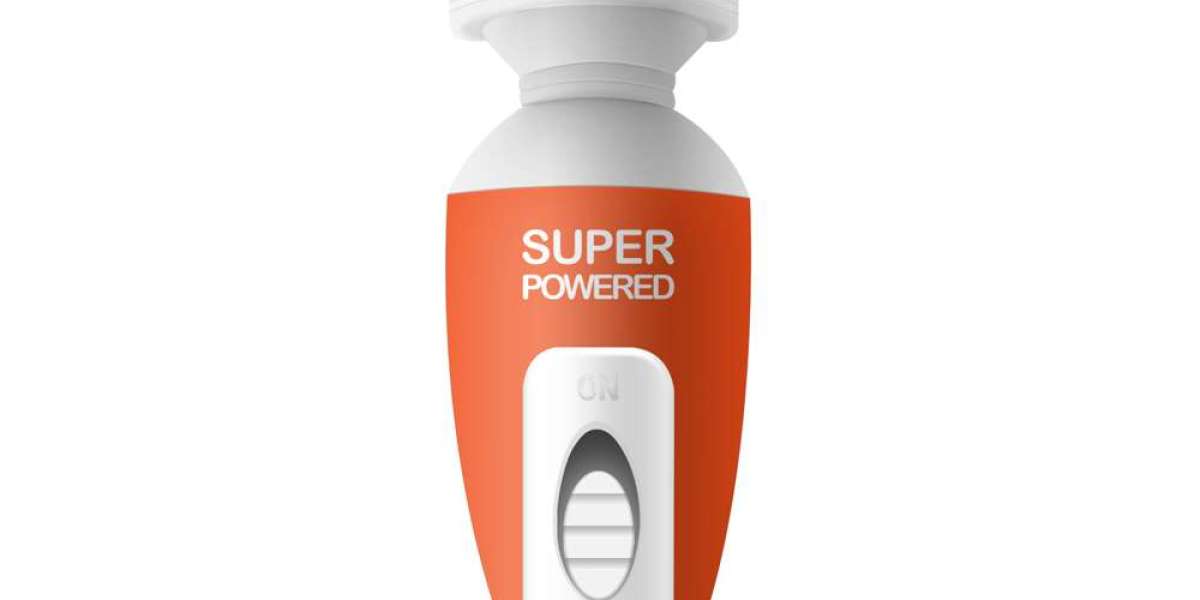Skin cancer is the most common form of cancer worldwide, affecting millions of people every year. While it can impact individuals of all skin tones and ages, some people are at a significantly higher risk than others. Understanding the risk factors and taking preventive measures can greatly reduce the likelihood of developing skin cancer.
Dr Shaun Segal, a leading expert in dermatology and skin cancer prevention, emphasizes the importance of early detection and proactive protection against harmful UV exposure. In this blog, we will discuss the updated risk factors for skin cancer in 2025 and explore the best prevention tips to keep your skin healthy and cancer-free.
Who Is at Risk for Skin Cancer?
Skin cancer risk is influenced by several genetic, environmental, and lifestyle factors. Understanding your risk level can help you take the right precautions.
1. Individuals with Fair or Light Skin
People with fair skin, blonde or red hair, and light-colored eyes (such as blue or green) are more vulnerable to skin cancer. This is because they have less melanin, the pigment that provides some natural protection against UV radiation.
Why It Matters:
- Fair-skinned individuals burn more easily and have a higher risk of DNA damage from UV rays.
- Those with freckles or an inability to tan are also more susceptible.
2. People with a History of Sunburns
Severe sunburns, especially during childhood or adolescence, significantly increase the risk of developing skin cancer later in life.
Why It Matters:
- A single blistering sunburn in childhood can double the risk of melanoma in adulthood.
- Multiple sunburns lead to cumulative DNA damage, increasing the risk of basal and squamous cell carcinoma.
3. Excessive UV Exposure from Sunlight and Tanning Beds
Prolonged exposure to ultraviolet (UV) radiation—whether from the sun or artificial sources like tanning beds—is a major risk factor for skin cancer.
Why It Matters:
- Outdoor workers and people who spend long hours in the sun are at higher risk.
- Tanning beds emit concentrated UV radiation, increasing the risk of melanoma by 75% if used before age 35.
4. Individuals with a Family History of Skin Cancer
If a close blood relative (parent, sibling, or child) has had skin cancer, your risk is higher due to shared genetics.
Why It Matters:
- Genetic mutations can make some people more prone to melanoma or non-melanoma skin cancers.
- Regular screenings are essential for early detection in high-risk individuals.
5. People with a Weakened Immune System
Individuals with weakened immune systems—such as organ transplant recipients, those undergoing chemotherapy, or people with HIV/AIDS—are more likely to develop skin cancer.
Why It Matters:
- A compromised immune system is less effective at repairing DNA damage caused by UV exposure.
- People on immunosuppressive medications have a higher likelihood of aggressive skin cancers.
6. Those with a Personal History of Skin Cancer
If you have previously been diagnosed with any form of skin cancer, your chances of developing it again are significantly higher.
Why It Matters:
- Recurrence is common, especially if proper sun protection is not practiced.
- Regular skin checks are crucial for early detection of new or returning skin cancer.
7. Older Adults (Aging as a Risk Factor)
Skin cancer is more common in older adults, primarily because of cumulative sun exposure over the years.
Why It Matters:
- Basal cell carcinoma (BCC) and squamous cell carcinoma (SCC) are most frequently seen in people over 50.
- However, melanoma rates are rising among younger people, making prevention critical at all ages.
8. People with Precancerous Skin Conditions
Certain precancerous conditions, such as actinic keratosis (AK), increase the risk of developing skin cancer. These rough, scaly patches appear due to long-term sun exposure.
Why It Matters:
- Actinic keratosis can turn into squamous cell carcinoma if left untreated.
- Early treatment with cryotherapy, laser therapy, or topical medications can prevent progression.
9. People with a High Number of Moles or Unusual Moles
Having many moles (more than 50) or atypical (dysplastic) moles increases the risk of melanoma.
Why It Matters:
- Irregularly shaped, large, or changing moles may indicate melanoma risk.
- Regular mole checks and skin exams by a dermatologist can catch early warning signs.
Skin Cancer Prevention Tips: How to Protect Yourself in 2025
While some risk factors—like genetics and age—are beyond your control, protective measures can significantly lower your chances of developing skin cancer.
1. Use Broad-Spectrum Sunscreen Daily
Apply a broad-spectrum sunscreen (SPF 30 or higher) every day, even on cloudy or winter days.
✔ Choose water-resistant sunscreen for outdoor activities.
✔ Reapply every two hours, especially after swimming or sweating.
✔ Don't forget ears, neck, hands, and feet, which are often overlooked.
2. Avoid Tanning Beds and Prolonged Sun Exposure
✔ Skip indoor tanning—tanning beds significantly increase your risk of melanoma and premature aging.
✔ Stay in the shade during peak UV hours (10 AM–4 PM).
3. Wear Protective Clothing and Accessories
✔ Use wide-brimmed hats, sunglasses with UV protection, and long-sleeved shirts.
✔ UPF-rated clothing is available for extra sun protection.
4. Perform Regular Self-Exams
✔ Check your skin monthly for new or changing moles, spots, or lesions.
✔ Use the ABCDE rule to identify suspicious moles:
- A – Asymmetry
- B – Border irregularity
- C – Color variation
- D – Diameter greater than 6mm
- E – Evolving shape or size
5. Schedule Routine Skin Screenings with Dr Shaun Segal
✔ Annual skin exams with a dermatologist like Dr Shaun Segal can detect skin cancer in its earliest, most treatable stages.
✔ High-risk individuals may need more frequent screenings.
6. Boost Your Skin’s Natural Defenses with a Healthy Diet
✔ Eat antioxidant-rich foods like berries, green leafy vegetables, and fish rich in omega-3.
✔ Stay hydrated to keep your skin healthy.
7. Be Extra Cautious at High Altitudes and Near Water or Snow
✔ UV radiation is stronger at high altitudes and can reflect off water, sand, and snow, increasing sun exposure.
Final Thoughts: Prioritize Skin Cancer Prevention
Skin cancer is largely preventable, and understanding who is at risk can help individuals take the necessary steps to protect their skin. Whether you have fair skin, a history of sunburns, or a genetic predisposition, it’s essential to practice sun safety, get regular skin checks, and seek expert guidance from Dr Shaun Segal.
By staying informed and proactive, you can reduce your skin cancer risk and ensure healthier skin for years to come. If you notice any suspicious skin changes, schedule an appointment with Dr Shaun Segal today for a professional skin evaluation. Early detection can save lives.



